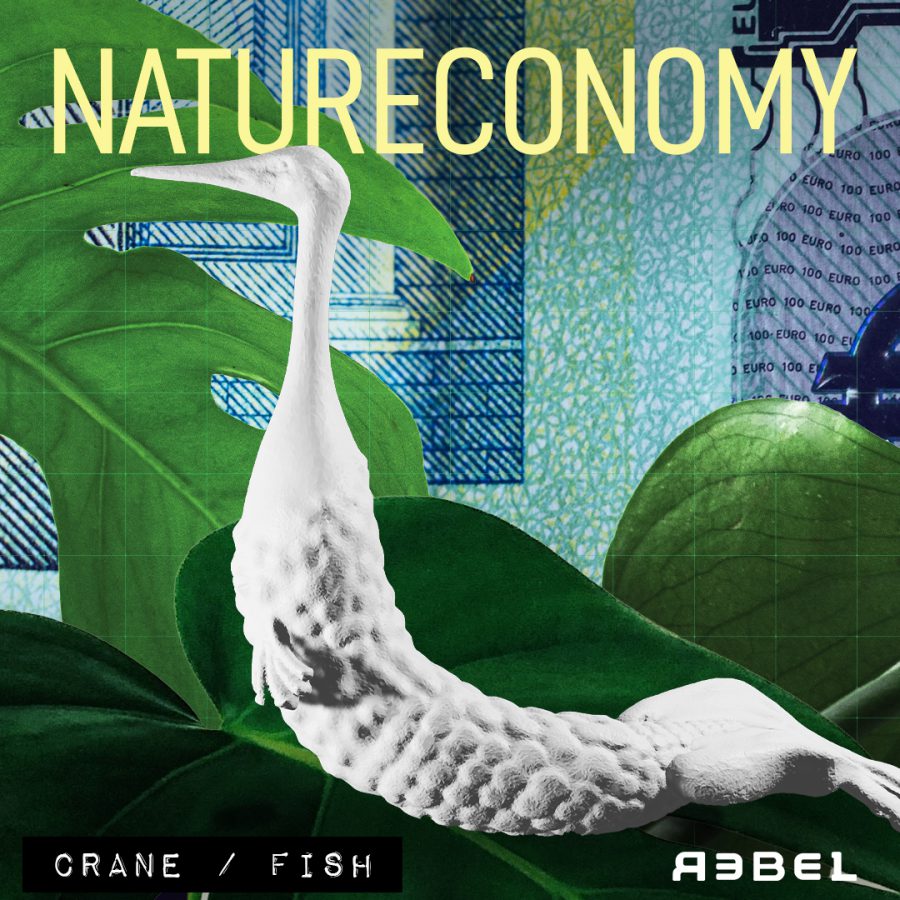PIKE/HERON



The pike is one of the top predators of our freshwater ecosystem. He waits patiently in the reeds and shoots out as a torpedo to catch his prey. The pike keeps populations of smaller fish in check and thus ensures more diversity of fish. For example, the pike is a natural enemy of an invasive exotic fish; the American Crayfish. Research shows that overfishing pike creates a significant disturbance in the ecosystem. A pike on its own is a source of food for other animals. In mating season pikes produce masses of eggs that are eaten by a lot of smaller animals.
Pikes themselves are eaten by birds, such as the heron and cormorant, and by humans.
The value of the pike as a food source for humans is clear because the world market amounts to almost € 4 billion. But what if the pike disappeared? Ecosystems would collapse, fish catches would decrease, pleasure anglers would have to find another hobby and pests would gain the upper hand. The economic damage would outweigh the value that the pike itself represents.

Herons are beautiful animals that come in all kinds of colours, shapes and sizes. They are an important indicator of a healthy ecosystem. Herons hunt in fresh and sweet water and are at the top of the food ladder in both systems. If the system is out of balance, there will not be enough food for the heron and it would
disappear. Unfortunately, the value of herons is difficult to calculate. What is known is that herons are loved by birdwatchers, and some calculations have been made. Unfortunately, it remains mostly guesswork, but that the system becomes unbalanced without the heron is evident.